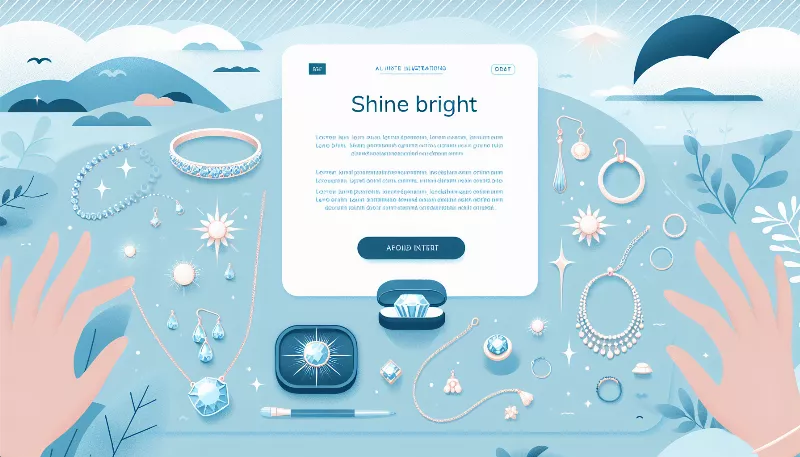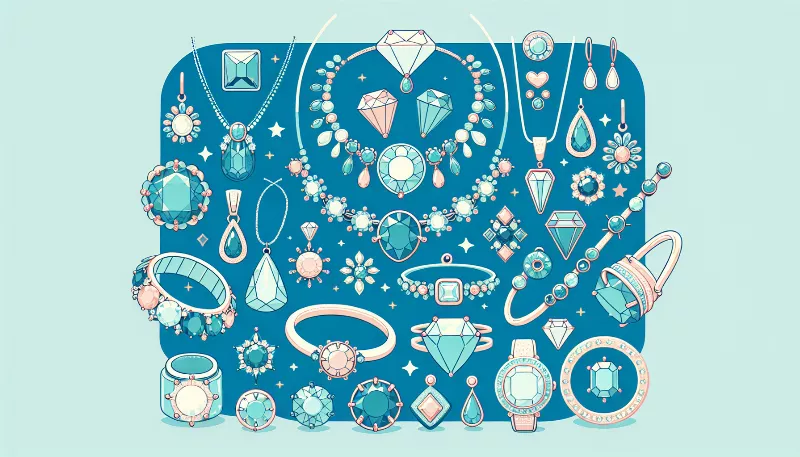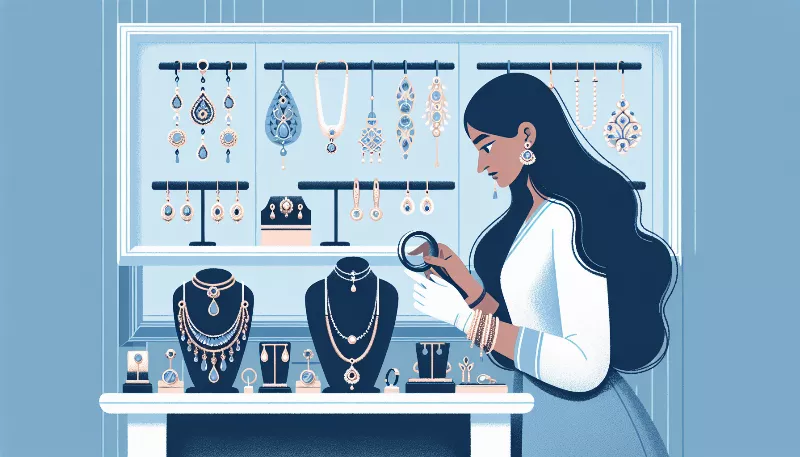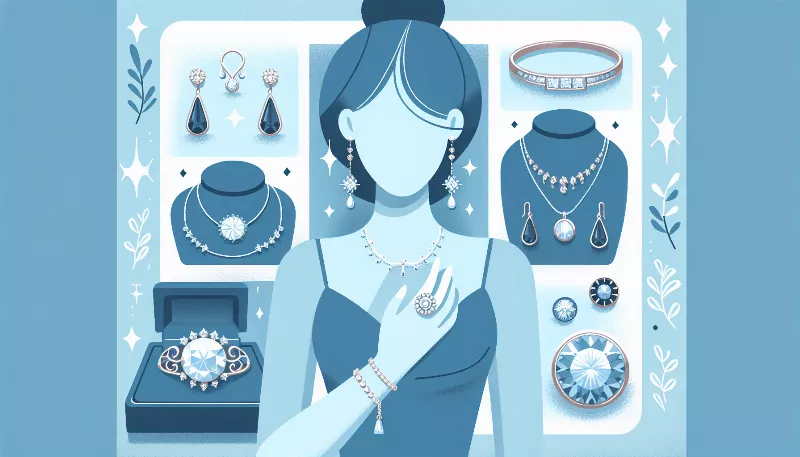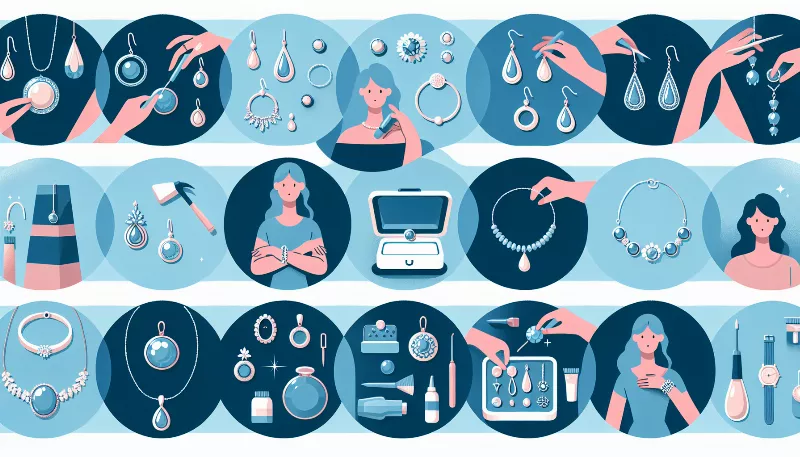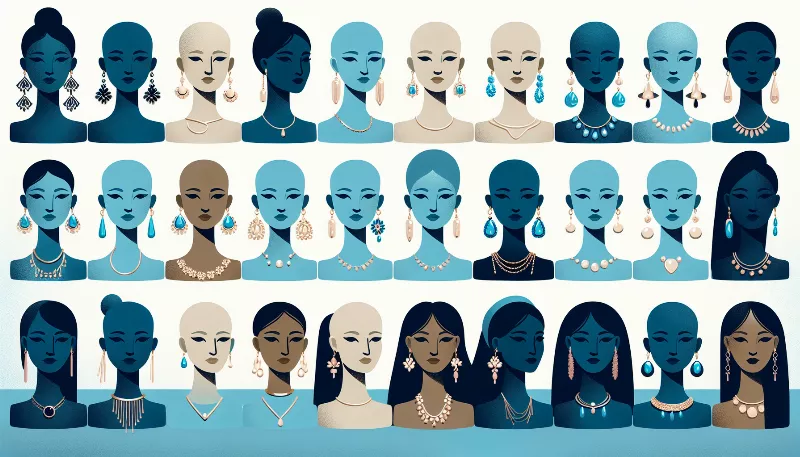What are the pros and cons of different jewelry metals?
Discover your perfect jewelry match! Learn the advantages & drawbacks of gold, silver, platinum & more to make an informed choice. Shine with knowledge!
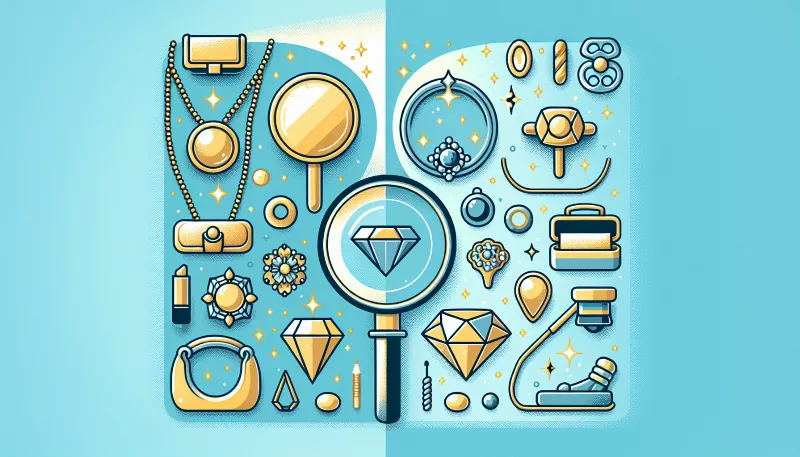
Discover the Lustrous World of Jewelry Metals
Are you ready to dive into the sparkling universe of jewelry metals? Each metal boasts its unique charm, history, and set of characteristics that can make your jewelry piece stand out. Whether you're a connoisseur or a curious buyer, understanding the pros and cons of various jewelry metals is essential for making an informed choice. Let's embark on a gleaming journey through the most popular metals used in jewelry making!
Glorious Gold - The Timeless Treasure
Gold, the epitome of luxury, has captivated hearts for millennia. Its warm luster and malleability make it a jeweler's dream. Gold's resistance to tarnish and corrosion contributes to its enduring popularity. However, pure gold is soft, which is why it's often alloyed with other metals for increased strength. The higher the karat, the purer the gold, but also the softer the piece. This means that high-karat gold jewelry can be prone to scratches and dents, making it less ideal for everyday wear. Additionally, the price of gold can be a con for many, as it is one of the most expensive metals on the market.
Silver - The Affordable Elegance
Silver has a cool, sleek allure that makes it a favorite for modern designs. It's more abundant than gold, which makes it significantly more affordable. Silver is also quite malleable, allowing for intricate craftsmanship. However, silver can tarnish over time, requiring regular maintenance to keep its shine. It's also softer than some other metals, meaning it can scratch and deform with daily wear. Despite these drawbacks, silver's versatility and affordability keep it at the forefront of fashion.
Platinum - The Pinnacle of Prestige
Platinum is the crème de la crème of jewelry metals, exuding a sophisticated white sheen that doesn't fade or tarnish. It's incredibly durable and dense, making it a perfect choice for securing precious stones. Platinum is hypoallergenic, which is a significant pro for those with sensitive skin. The downside? Its rarity and density make it the most expensive jewelry metal. Additionally, while it's durable, platinum can develop a patina from scratches over time, which some may find undesirable.
Palladium - The Lightweight Luxe
Palladium is a member of the platinum group metals and shares many of its sister metal's qualities. It's naturally white, lightweight, and resistant to tarnishing. Palladium is also hypoallergenic and has become a popular choice for those looking for a platinum alternative without the hefty price tag. However, it's not as widely available as other metals and can still be on the pricier side compared to gold or silver.
Titanium - The Contemporary Choice
Titanium is a modern marvel in the jewelry industry, known for its impressive strength-to-weight ratio. It's incredibly durable, scratch-resistant, and hypoallergenic, making it ideal for active lifestyles. Titanium has a distinctive gunmetal gray color or can be anodized to produce a variety of colors. On the flip side, its strength means it's difficult to resize and work with, limiting design options. It's also not as traditionally prestigious as gold or platinum.
Tungsten - The Heavyweight Champion
Tungsten is another contemporary favorite, especially for men's wedding bands. It's extremely hard and scratch-resistant, which means it can handle the rigors of daily wear with ease. Tungsten has a weighty feel, which some find reassuringly substantial. However, its hardness also means it's brittle and can crack under severe impact. Like titanium, tungsten is challenging to resize and offers limited design flexibility.
Copper - The Artisan's Delight
Copper is a less common choice for fine jewelry but is beloved by artisans for its earthy hue and workability. It's often used in combination with other metals or for unique, handcrafted pieces. Copper develops a patina over time, which can be seen as a pro or con depending on personal taste. It's also prone to causing skin reactions for some people, so it's not the best choice for those with metal sensitivities.
In conclusion, each jewelry metal has its own set of advantages and drawbacks. Your choice will depend on personal preference, lifestyle, and budget. Whether you're drawn to the timeless allure of gold, the cool elegance of silver, the unmatched prestige of platinum, or the innovative appeal of titanium and tungsten, there's a metal out there that's perfect for your next dazzling adornment. Happy jewelry hunting!


